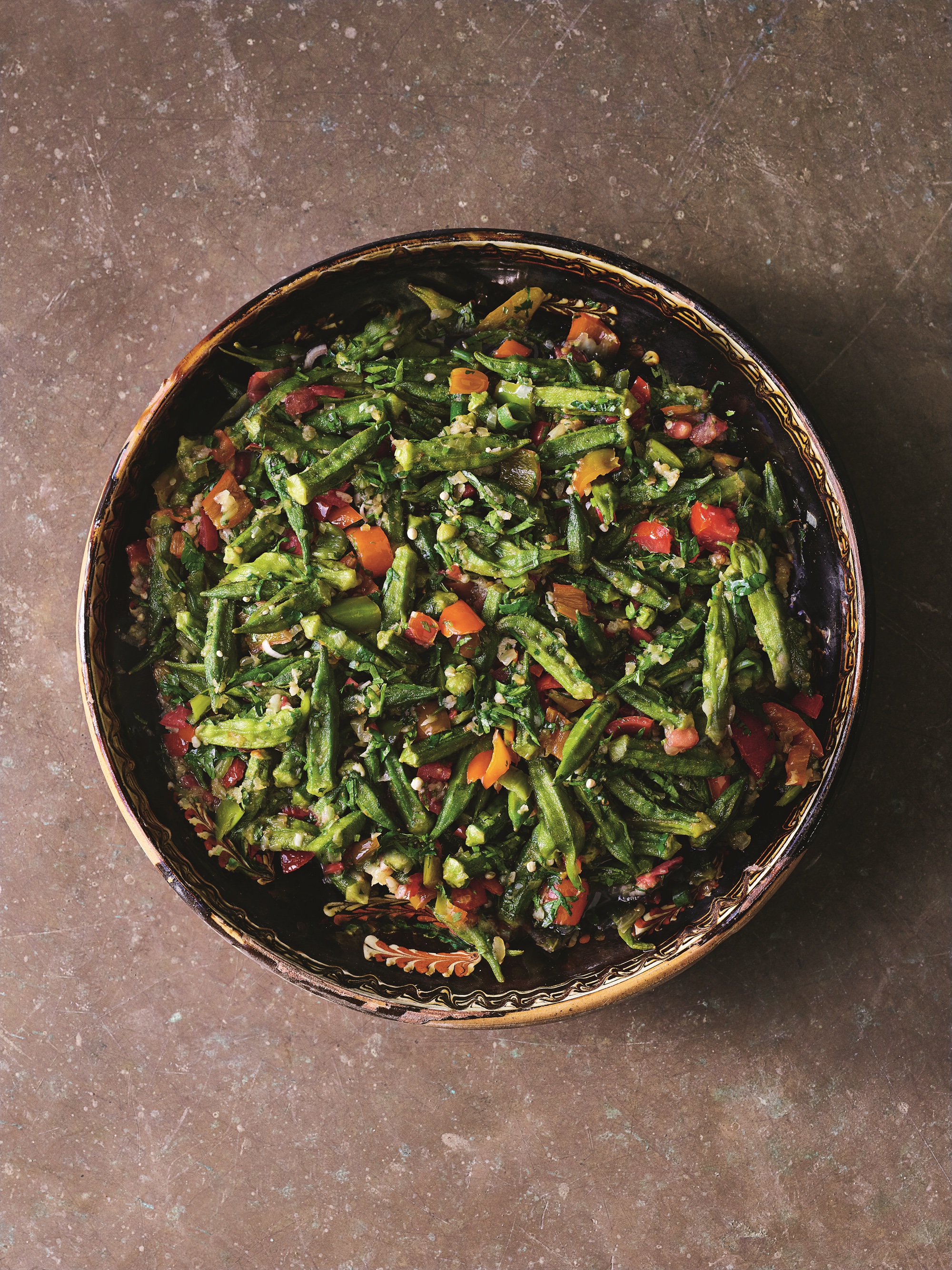
The fruit that brings Reem Kassis’s family together
Recipes run through the generations in The Arabesque Table, as its author knows from her own kids' love of fruit picking
Cooking for your kids is a joy for almost any parent, but food preparation holds a particularly precious place in writer, cook and Arabic food authority, Reem Kassis’s heart. Kassis is the author of The Arabesque Table. She grew up in Jerusalem, lives in Philadelphia, and brought up her own children in both the UK and the US, where they enjoyed the sushi and pizza alongside their mother’s own specialities, such as flatbreads and baklawa.
The Arabesque Table is a beautiful collection of the Arabian diaspora’s best recipes; it is also a great reference title when it comes to understanding this culinary culture; yet the book is also a record of the dishes, recipes and ingredients that hold the generations together in Kassis’ own family.
One crop in particular has brought the author’s daughters closer to their grandparents. “In the middle of my parents’ courtyard is a lemon tree, and around the edges, limes and navel oranges,” she writes in her new book. All the plants are thriving, but the lemon tree is the oldest, largest, and most special.
“Even my daughters always ask, ‘When will we visit Seedo and Teta to pick lemons?’” she explains. “We use its blossoms to make a jam that turns bright pink on its own; its juice for cooking, cordials, and lemonade; and at the start of the season we slice the whole lemons, skin and all, sprinkle with salt, and eat as a snack.”

Lemons don’t grow well in all regions, as Kassis explains; “historically, dishes hailing from coastal towns where citrus was grown in abundance relied on lemons,” and she groups her lemon recipes together with ones that also feature pomegranates, a fruit that does well in landlocked regions, such as around the ancient Syrian city of Aleppo.
“Both impart fruit sour notes, but the flavors are distinct,” Kassis explains. Pomegranate verges on the sweet while lemons are more astringent, albeit in a pleasant way."
That pleasing aspect is brought out in dishes such as Okra in Lemon-Cilantro Sauce, pictured above, though it includes some other, charming flavours too. “When people ask me about the differences between Palestinian, Lebanese, Syrian, or any other Arab cuisine, I often point to the fact that our food is similar, but that specific techniques and dishes might differ from one area to the next,”
Kassis explains. “An example of this is the Lebanese way of finishing off tomato-based stews with fried garlic and cilantro (coriander) versus Palestinians, who rarely use cilantro and rely on onions sautéed at the beginning or garlic tempered at the end. The inspiration for this dish came from that fact. I decided to forgo the tomato sauce, in which okra is traditionally cooked, and highlight the garlic and cilantro tempering flavors instead.”

To try out the dish, and to learn more about other recipes that bind the Arabian diaspora together - Kassis’s own family included - order a copy of The Arabesque Table here.